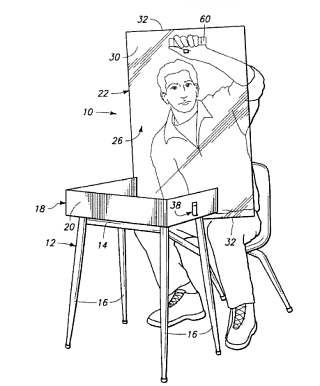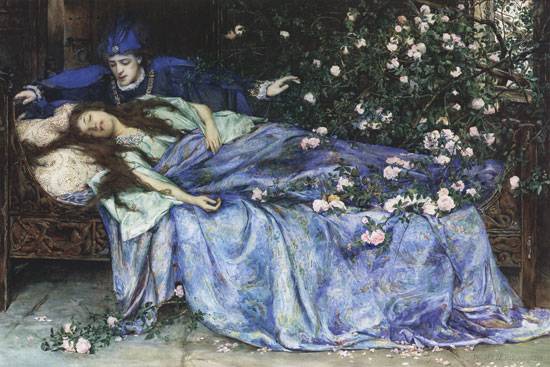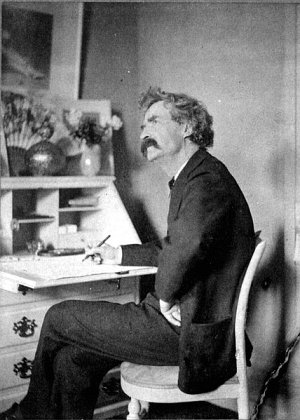
Galvanized by the school shootings of the late 1990s, James R. Taylor patented a desk whose top doubles as a bullet-resistant shield:
“Another object is to provide a shield that is configured to function normally in an innocuous mode as an ordinary desk work surface but that can be easily and quickly removed from the desk for use as a personal shield against projectiles including but not limited to bullets, knives, shrapnel, or flying debris that might be encountered in naturally occurring events such as earthquakes, fires, or storms.”
I can’t tell whether any districts adopted it. Hopefully we’ll never find out.




